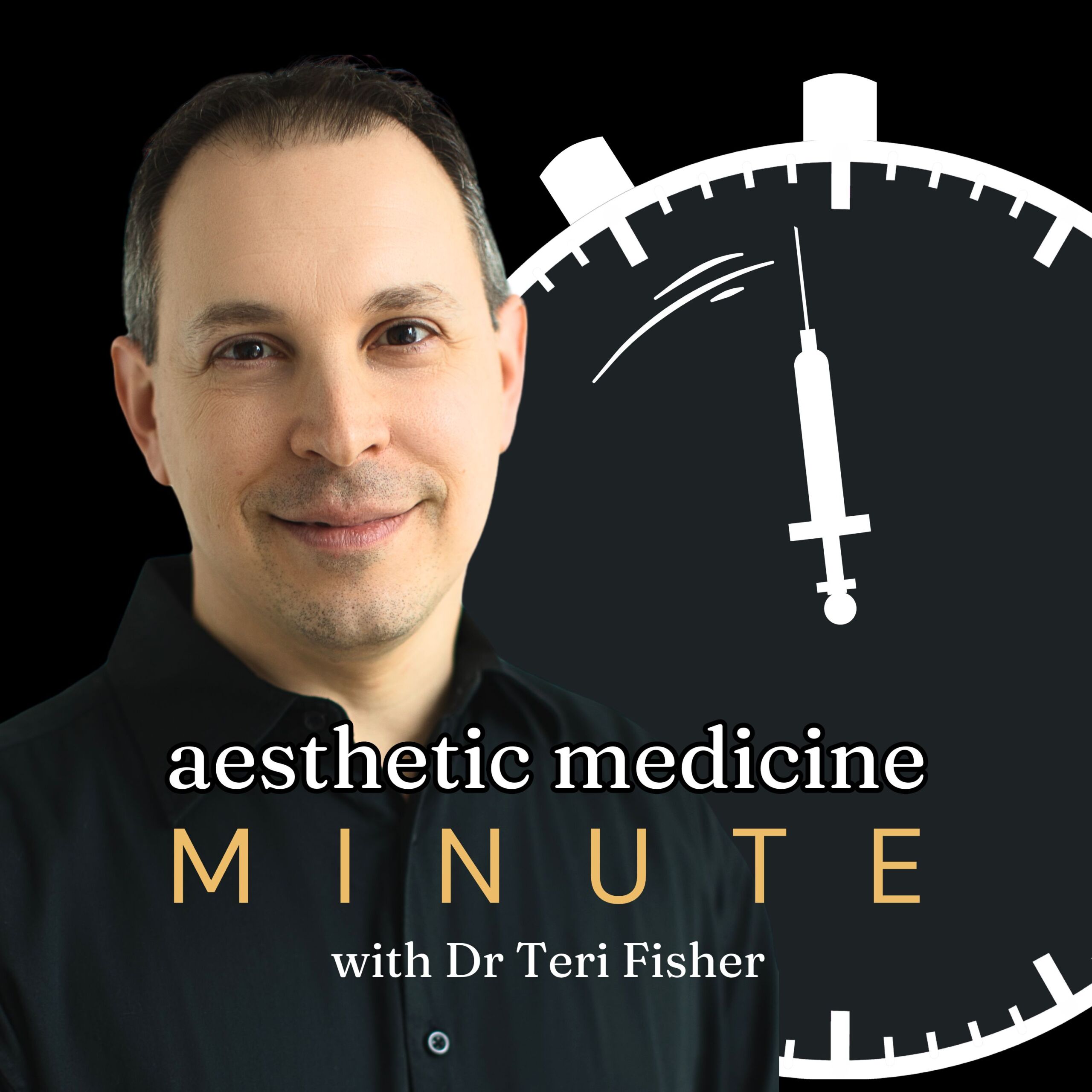
AMM 214: Enhance Nipple Projection with HA Dermal Fillers
September 27, 2024
This episode delves into the use of injectable hyaluronic acid (HA) dermal fillers as a noninvasive option for nipple-areola complex (NAC) reconstruction after mastectomy. Listeners will learn about the challenges of traditional local tissue flap techniques, such as significant nipple projection loss, and how HA fillers can provide immediate and adjustable results. The episode covers real-world cases, including a successful application on a patient post-bilateral mastectomy, highlighting the benefits of HA over other fillers in terms of reversibility and patient comfort. Tune in to discover how HA dermal fillers are simplifying postoperative care and enhancing patient satisfaction in aesthetic medicine.
Quick Takes
- Local tissue flap techniques for NAC reconstruction can result in up to 75% loss in nipple projection over time.
- Injectable hyaluronic acid (HA) dermal fillers offer immediate, adjustable, and noninvasive results with minimal complications in breast imaging.
- HA gel fillers have advantages over other fillers due to their reversibility and ability to be easily dissolved if needed, enhancing patient comfort and satisfaction in NAC reconstructions.
Episode Transcript
Today is September 27, 2024, and in the realm of nipple-areola complex (NAC) reconstruction, local tissue flap techniques remain commonplace but come with a caveat—up to 75% loss in nipple projection over time. Despite preserving the NAC during mastectomy, the battle against atrophy and skin contraction often leaves patients dissatisfied.
Injectable hyaluronic acid (HA) dermal fillers offer a promising noninvasive alternative. They not only produce immediate and adjustable results but also avoid complications with breast imaging. For instance, patients have experienced substantial increases in nipple projection using HA mixed with acrylic hydrogel. In fact, studies report a 2.5-mm increase in projection over 12 months for 70 nipples treated this way.
A noteworthy case involved a 49-year-old woman who underwent a complete bilateral mastectomy. After her nipples became visibly atrophic post-reconstruction, HA gel fillers provided an instant uplift—1.6 mm in one nipple and 1.5 mm in the other. This minimally invasive procedure was well-tolerated and pain-free, thanks to the lidocaine component.
Interestingly, HA gel has advantages over other fillers. While options like acrylic hydrogel and PMMA microspheres offer durability, they lack reversibility, making HA an attractive choice. It’s a soft, transparent filler that can be easily dissolved if needed, enhancing both patient comfort and satisfaction.
Incorporating HA dermal fillers for NAC reconstructions not only simplifies the postoperative process but also significantly boosts patient well-being, eliminating the need for additional complicated surgeries. So, we can see, this simple yet effective solution marks a significant stride in the field of aesthetic medicine.
